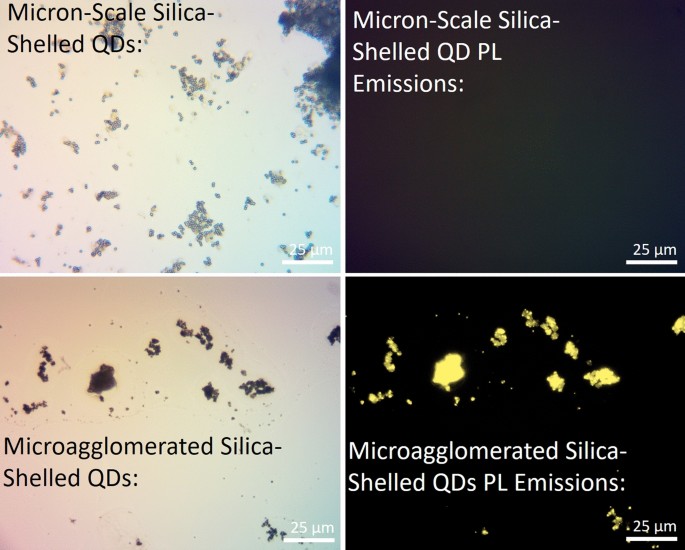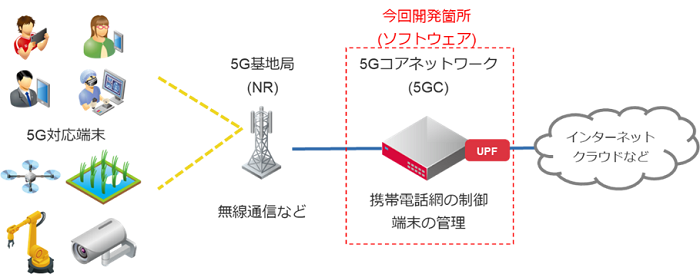PNNLの研究者が、過酷な環境下で使用できる堅牢なトレーサーを開発 PNNL researchers create rugged tracers for use in harsh environments
2022-11-23 パシフィック・ノースウェスト国立研究所(PNNL)
そこで、研究チームは、無機材料、特に量子ドットに着目し、この堅牢なトレーサーを開発した。しかし、化学爆発という過酷な条件下では、量子ドットを保護する必要があった。
トレーサーの明るさ(発光強度)は、その場の環境に大きく影響される。保護方法によっては輝度が低下し、トレーサーの検出が困難になることもある。そこで研究チームは、量子ドットを保護し、その輝度を維持するために、水和シリカを使用することに着目した。
これまでのシリカコーティングではトレーサーの発光が著しく低下していたが、PNNLチームが開発したコーティングを施したトレーサーは、元の量子ドットとほぼ同じ輝度を示した。さらに、この粒子はさまざまなpH条件下で長期間にわたって生存できることも確認された。
<関連情報>
- https://www.pnnl.gov/news-media/tracking-explosions-toughened-tracers
- https://link.springer.com/article/10.1557/s43579-022-00150-3
発光性シリカ微粒子、その合成と環境試験 Luminescent silica microagglomerates, synthesis, and environmental testing
Lance Hubbard,Clara Reed,Nicolas Uhnak,Ryan Sumner,Trevor Cell,Erin Kinney,Nathaniel Smith,Caleb Allen,Michael Foxe & April Carman
MRS Communications Published:24 January 2022
DOI:https://doi.org/10.1557/s43579-022-00150-3

Abstract
Tracking mass through harsh environments requires surrogate particles that withstand the event and endure until sampling. Silica-covered quantum dots have been shown to withstand a range of environmental pHs from months to years; in this work they are shown to endure in anticipated local environments. Two methods of particle synthesis were employed to produce luminescent silica with particle diameters 0.1–4 μm. These tracer particles scale for mass production, tolerate harsh environments, and endure in debris. They could be deployed in places such as chemical explosions, industrial processes, geologic test beds, oil and gas fields, nuclear reactors, and geothermal plants to track mass under harsh conditions.



